As I mentioned in my first post on Strategic Design, it’s unlike any traditional approach to building and growing a business, where it requires a unique mindset that’s radically different from what you learned in Business 101. Only those that are dedicated to innovation, challenging the status quo, and a deep desire to be the leader in their market will be successful.
Is it coincidental that Strategic Design was first implemented by the best company of all time – Apple – which is now worth over a trillion dollars?
It All Started with Apple
You’re thinking you’ve heard this before.
But you haven’t.
This isn’t just about design thinking. Or building great products.
It’s the actual approach to building an innovative company. Now codified for you to follow as we explore how Steve Jobs not only built Apple, but how he operated it and built the products that revolutionized the technology industry and the lives of millions of their customers who use their products daily.
Nothing embodies his commitment to Strategic Design more than his famous quote, where he says that “Design is not just what it looks like and feels like. Design is how it works.”
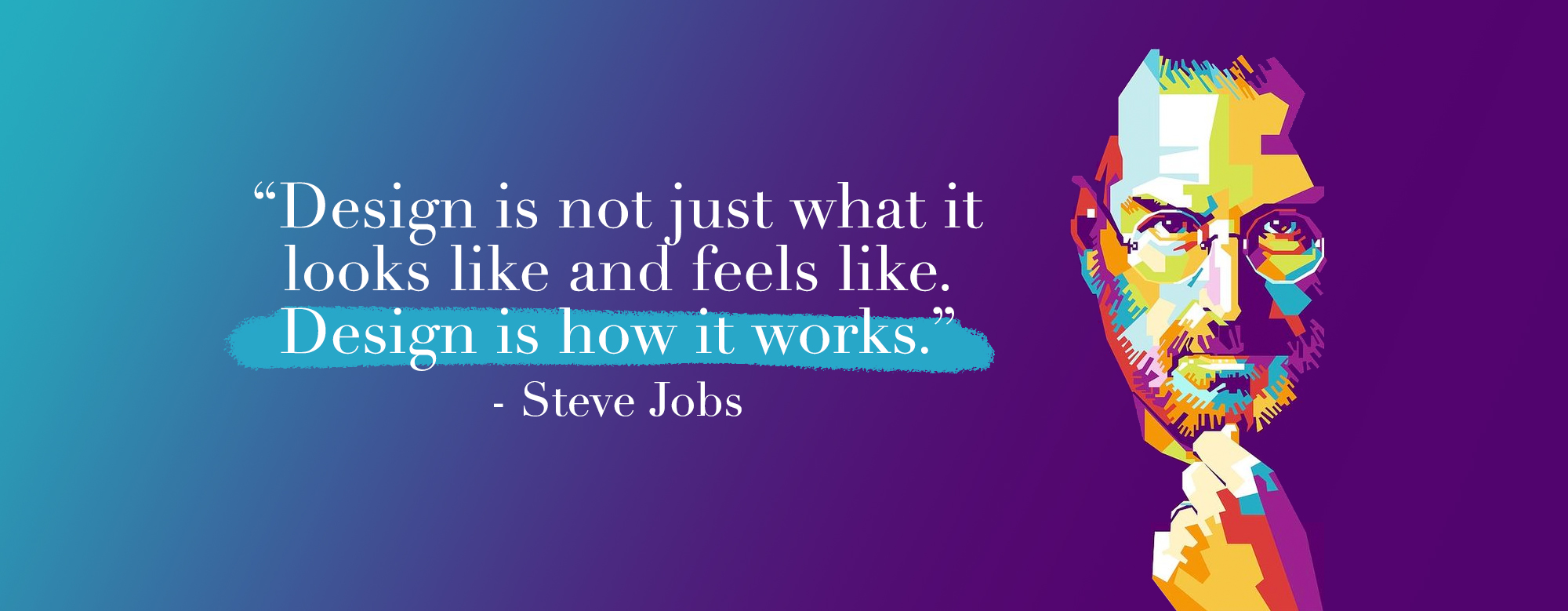
It’s such a simple quote, yet an extraordinarily powerful statement about the importance of design for Apple, as well as Steve’s personal passion for design which started from a calligraphy class.
How Steve Jobs Utilized the Guiding Principles of Strategic Design at Apple
Let’s look through the lens of the Guiding Principles of Strategic Design that I outlined in my previous post to better understand how Steve implemented Strategic Design at Apple.
Design is the Strategy
Steve’s role as founder and CEO allowed him to firmly establish a “design first” approach at Apple by making design a central component of not only their corporate strategy, but their product and service strategies. He executed this approach broadly at Apple and with great precision, along with close collaboration with his then VP of Design (now Chief Design Officer), Jony Ive. Together they obsessively focused on product design, user interface design, and experience design to ensure Apple products were differentiated and innovative in every way possible.

This literally meant that products were first conceptualized without even knowing if they could be built! Whoa.
Steve Jobs said it himself that “You’ve got to start with the customer experience and work backwards to the technology…” at the Worldwide Developers Conference in 1997 (scroll down to see video).
And even more recently, Jony Ive spoke about this juxtaposition in his acceptance speech for the Stephen Hawking Fellowship where he said, “In reality, the supporting technology, the enabling technology, took years to catch up with the ideas. And, I have to say, the ideas posed problems and defined challenges but in that process we came close to giving up on a number of occasions. The actual value of the idea, certainly at the beginning, was rather vague and it was nebulous and it was very difficult to articulate.”
These quotes are extraordinary because they embody the very definition of putting design first.
Establish a Design Culture
The design culture at Apple was – and still is – the catalyst for ideation, innovation, and the development of Apple’s iconic products. Jony Ive praises Apple’s design culture where he said:
“Over the years we’ve become particularly sensitive to those things that can compromise a vital creative culture. The things that can damage a fragile idea. Now given the complex and integrated nature of our products, the close collaboration of large numbers of people with diverse expertise is fundamentally important.”
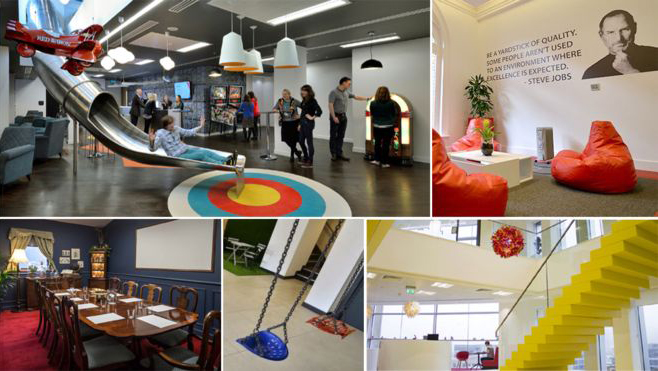
He goes on to say that “while we may have to forego the quick and easy comfort of being able to talk about what is known, I do believe that, long-term, being inquisitive, being curious, being open, unites a diverse group of people. It enables effective collaboration… when we genuinely look at a problem it’s an opportunity to learn together, we discover something together. We know that learning in community is powerful.”
Utilize Empathy for All Initiatives
In Apple’s early years, Steve was known to “cast aside politeness and empathy” in the pursuit of greatness. He had no interest in talking with customers to understand their needs, because Jobs famously said that “people don’t know what they want until you show it to them.”
However, Steve’s thinking evolved on empathy after he returned to Apple in 1997 and quickly took over as CEO, where he said at the Worldwide Developers Conference:
“You’ve got to start with the customer experience and work backwards to the technology…I’ve made this mistake probably more than anybody else in this room…As we have tried to come up with a strategy and a vision for Apple, it started with ‘What incredible benefits can we give to the customer? Where can we take the customer?’…I think that’s the right path to take.”
We can only surmise that he could have avoided the horrendous early failures of the Apple I, Apple II, as well as the ridiculously expensive Lisa if he had embraced empathy. Additionally, I haven’t found any evidence that Steve used empathy internally at Apple, which would have helped shape internal policies and initiatives.
Create an Entrepreneurial Environment
Jony Ive led the design team at Apple and the product development process – in collaboration with Steve – where they were separated from the rest of the company and given free rein to set their own budgets, establish design processes, and generally ignore most company policies and manufacturing practicalities.
Unfortunately this entrepreneurial environment did not apply to the whole company, but its application within the design department gave designers the creative environment to ideate and develop Apple’s iconic products.
Iterative Design & Development
Apple revolutionized the use of iterative design and development to design and build their products utilizing highly diverse teams with iterative design skills across various departments. They start with rapid prototypes for initial concepts and continue iterating all the way through the product development lifecycle, even into the manufacturing process.

Even after the product is manufactured, tested and reviewed, the design team continues to make improvements on it where it’s built all over again. Wow, that certainly adds a lot of costs to update the design in the manufacturing process, but it’s a significant market advantage using this approach; one that many other electronics manufacturers now emulate.
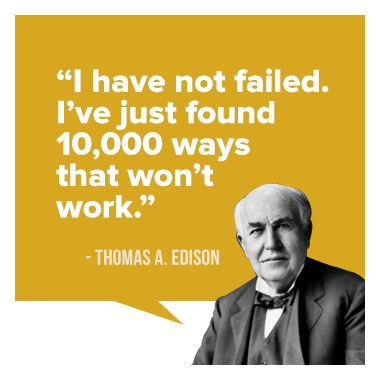
Embrace Failure & Continuous Learning
Steve Jobs was always considered successful by his legions of loyal followers because of his success introducing the iPod, iTunes, the iPhone, and the iPad. However, his Apple colleagues remember him as a fiercely controlling authoritarian, whose micromanagement led to the epic product failures (mentioned above) early at Apple. Steve didn’t accept these as his own personal failures, and instead, casted blame on the teams at Apple.
And more importantly, he never learned from these failures or used them to improve their products and services.
Nonetheless, it appears that over time Steve was able to embrace his personal failures with NeXT, being fired from Apple, and presumably the way he led Apple early on. Today, Apple does embrace failure and continuous learning, where Jony Ive said:
“I would say the priority is that we learn how to care and we learn how to fail, and that we’re prepared to screw up the work that we’ve done and throw it away even if we don’t know what we’re going to do instead.”
Promote Servant Leaders
It’s well documented that Steve was not a Servant Leader, and in fact was the polar opposite of a Servant Leader where he did not value diverse opinions, was selfish, rarely encouraged teams or developed leaders, and blamed others for his failures.
He needed final approval on every single small detail of the early Macintosh computers, he’d fire talented employees without hesitation for not immediately conforming to his design aesthetics, and he’d scrap nearly-finished projects that didn’t meet his standards for elegance.
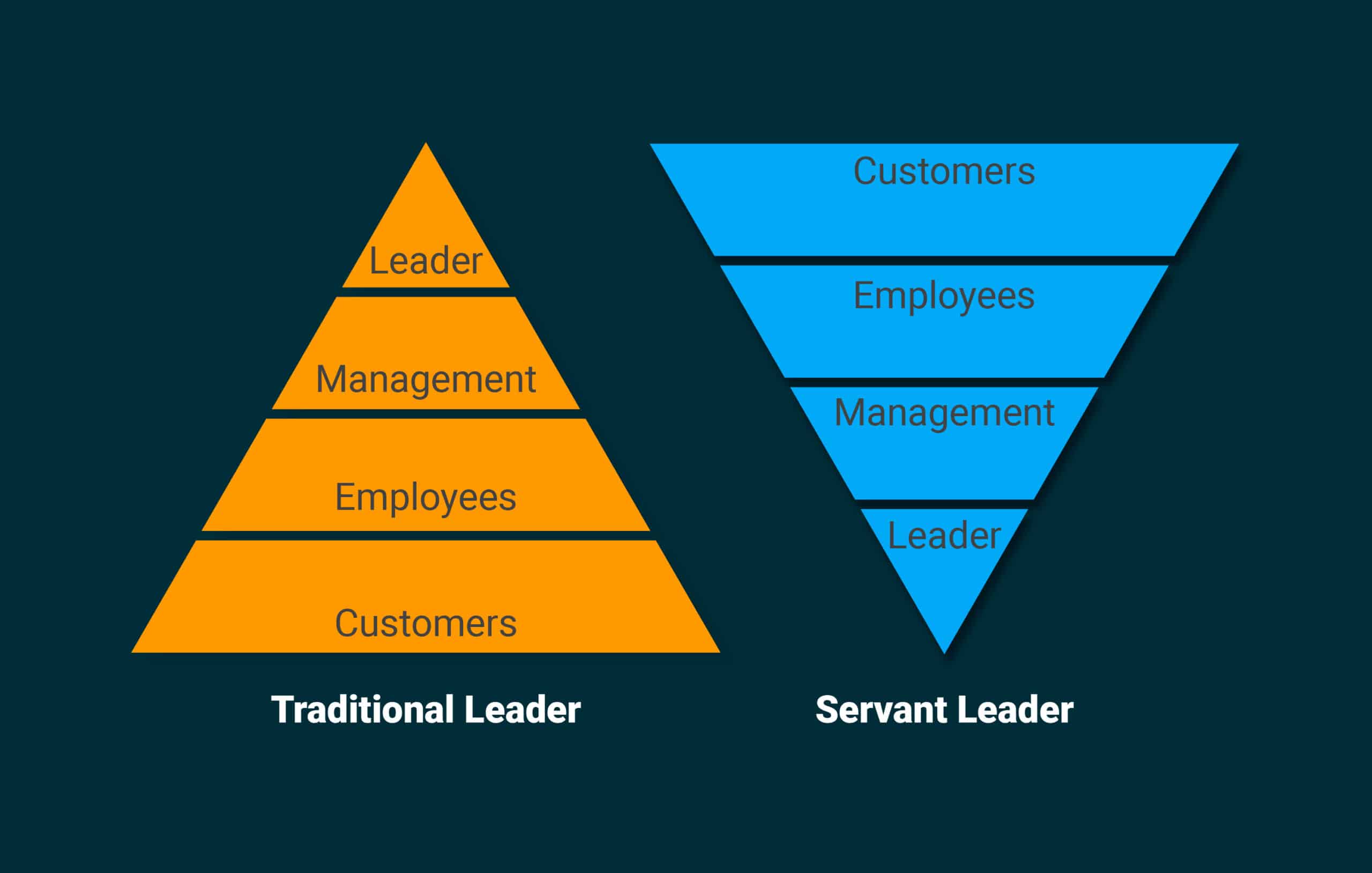
However, this has completely changed since Steve’s passing, where Apple’s new CEO, Tim Cook, fully embraces Servant Leadership in his role.
Conclusion
Strategic Design is the future of business because it puts design first in everything you do, as opposed to being an add-on or afterthought for most companies. It also goes way beyond the design methodologies and into the very foundations of an organization. While the design methodologies are typically bottom-up approaches focused on customers and end users, Strategic Design is a top-down approach which requires the founder/CEO and executive team to fully embrace it from day one. This leads to the executive team embedding it into everything from the business strategy, operations, staffing, and culture.
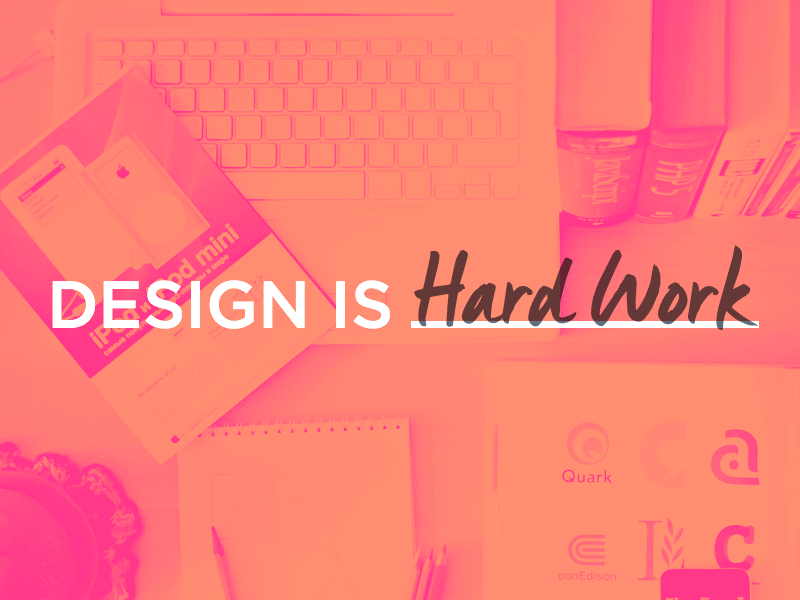
While researching Steve Jobs, I found an evolution in Steve’s thinking, behavior, and approach to Strategic Design between the time he founded Apple in 1976 and when he returned to lead Apple in 1997. I believe Steve was forced to change and adapt after he was fired from Apple and in dealing with failure of NeXT. Finally learning from his failures – along with Steve’s return to Apple – was the genesis for Strategic Design to be fully embraced and widely used at Apple. And for Apple’s prolonged success.
Steve Jobs knew the power of design, and he discovered over time that there was no better way to establish an innovative company, create a thriving business culture, and develop unique competitive advantages. He placed design first. Design was the corporate strategy. Design was the product strategy. Design was the service strategy. It was unique because no company had ever adopted this design first approach before. And it worked. Steve used it to build and grow Apple into one of the most successful companies of all time.
So why haven’t other companies followed suit?
I explore that in my next post by exploring the organizational and societal issues that have persisted for hundreds of years that have prevented companies from deploying design broadly.



One thought on “Why Strategic Design is the Future of Business”